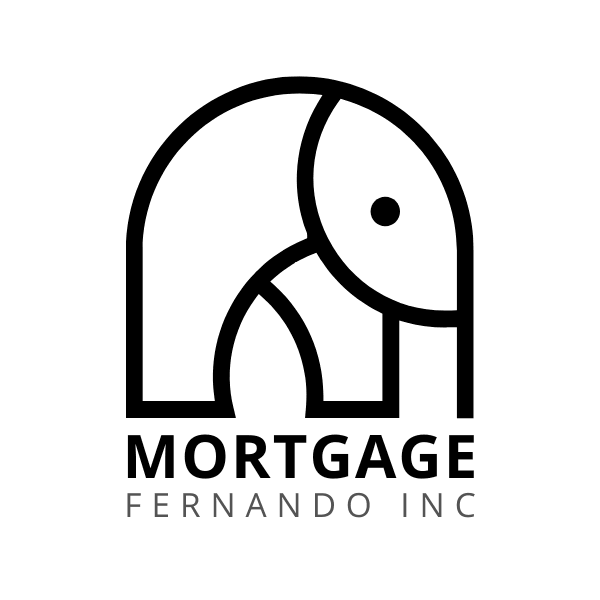The interest rate uncertainty is nothing new, but 2025 is proving to be a rollercoaster ride unlike any other.
At least during the 2008 Subprime Crisis and COVID-19, we knew central banks had to cut rates. Now? We’re caught in a guessing game dictated by inflation, economic turbulence, and political shifts. The current U.S. administration could either boost Canada’s economy or send it into a tailspin, making it harder than ever to predict where mortgage rates will go next.
The big question: How do you pick the right mortgage term when the economy is as stable as a Jenga tower in a winter storm?
The answer lies in focusing on what we do know rather than trying to outguess the market. Let’s break it down.
What We Know About Rate Cycles
While no one can predict rates with 100% accuracy, history provides some useful clues:
Variable rates have historically outperformed fixed rates—except during extreme rate hikes, like the infamous 1978-1981 period when the prime hit 22.75%.
Rate cycles last about 4.2 years on average—long enough for borrowers to forget why they locked in but not quite long enough to forgive themselves for choosing the wrong term.
From the first rate hike to the last, the Bank of Canada (BoC) tightening cycles last around 21 months on average—if you are waiting for a clue, history suggests we are past that.
Market-implied rate expectations are useful but flawed—they’re decent at predicting direction in the short term (one to two quarters out), but anything beyond a year is like predicting next year’s Stanley Cup winner in preseason.
These patterns help us make educated choices instead of blindly guessing where rates will go next.
What Type of Borrower Are You?
Your financial situation should dictate your mortgage term more than the latest economic headlines. Ask yourself:
1. Are You Planning Major Life Changes Soon?
If you might move, refinance, or switch jobs in the next few years, a shorter fixed-term or variable rate is likely your best bet.
Why? Because breaking a long-term fixed mortgage early can cost you tens of thousands in penalties.
2. How Much Risk Can You Handle?
If the thought of rates rising keeps you up at night, a 5-year fixed rate will give you peace of mind.
If you can stomach fluctuations and have enough savings to cover potential increases, variable-rate mortgages often win in the long run.
3. How Long Will You Stay in Your Home?
If you plan to stay put for 5+ years, a 5-year or longer fixed-rate, hybrid mortgage (part fixed, part variable) could hedge your bets.
If you have a shorter horizon, a 3-year fixed rate or a variable rate mortgage might give you flexibility while avoiding penalty shocks.
4. How Tight Is Your Budget?
If you’re stretching your affordability, locking in a longer-term fixed rate prevents payment shocks.
If you have a financial cushion, you can take on more risk with a variable or shorter-term fixed rate.
Breaking Down Mortgage Products
Beyond just choosing between fixed and variable, the type of mortgage product you choose can make a huge difference in your financial flexibility.
Fixed-Rate Mortgages
Best for: Stability seekers, those with tight budgets, and borrowers with high debt ratios.
Risks: Higher rates at renewal if you pick a shorter fixed term and rates rise.
Pro Tip: If you’re choosing a 5-year fixed term, go for a lender with fair prepayment policies in case you need to break your mortgage early.
Variable-Rate Mortgages
Best for: Risk-tolerant borrowers, those expecting rates to drop, and financially flexible homeowners.
Risks: Payment increases if rates rise unexpectedly.
Pro Tip: Some lenders, like TD and BMO, have static payment variable mortgages, keeping your payments level even if rates rise (though it may mean owing more principal at renewal).
Hybrid Mortgages
Best for: Those who can’t decide between fixed and variable, long-term homeowners looking for balance.
Risks: It can be more complex and harder to transfer between lenders.
Pro Tip: A 50/50 split between fixed and variable could be a great hedge in uncertain markets like 2025.
Readvanceable Mortgages (HELOCs)
Best for: Investors, business owners, and those who want access to extra cash for renovations or emergencies.
Risks: Rates on HELOCs are variable and typically higher than standard variable-rate mortgages.
Pro Tip: Be careful—some lenders limit your term options if you go with a readvanceable product.
What’s the Smart Play for 2025?
Given the current economic uncertainty, picking the right mortgage term comes down to two things: your financial situation and your risk tolerance.
Here’s a cheat sheet based on today’s market trends:
✅ If you want predictability → Go with a 5-year fixed rate (but watch out for steep penalties if you need to break it).
✅ If you believe rates will drop soon → Consider a 2-year or 3-year fixed or variable rate and refinance when rates improve.
✅ If you need flexibility → A 1-year or 2-year fixed rate or open variable mortgage could give you time to see how things unfold.
✅ If you’re torn between options → A hybrid mortgage gives you the best of both worlds.
Final Thoughts: Control What You Can
Trying to predict mortgage rates is like trying to guess when Toronto will win another Stanley Cup—possible, but not advisable.
The best strategy? Control what you can.
Work with a mortgage expert who understands rate cycles, borrower profiles, and mortgage products. With the right plan, you can minimize risk, lock in the best rate for your situation, and navigate the 2025 economy with confidence.
Need help choosing the right mortgage? Let’s chat. Book a free call today, and I’ll walk you through the best options based on your unique situation.

